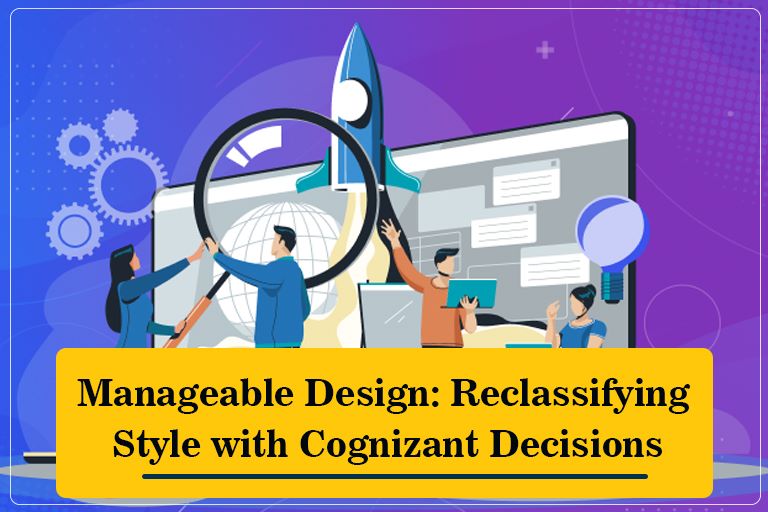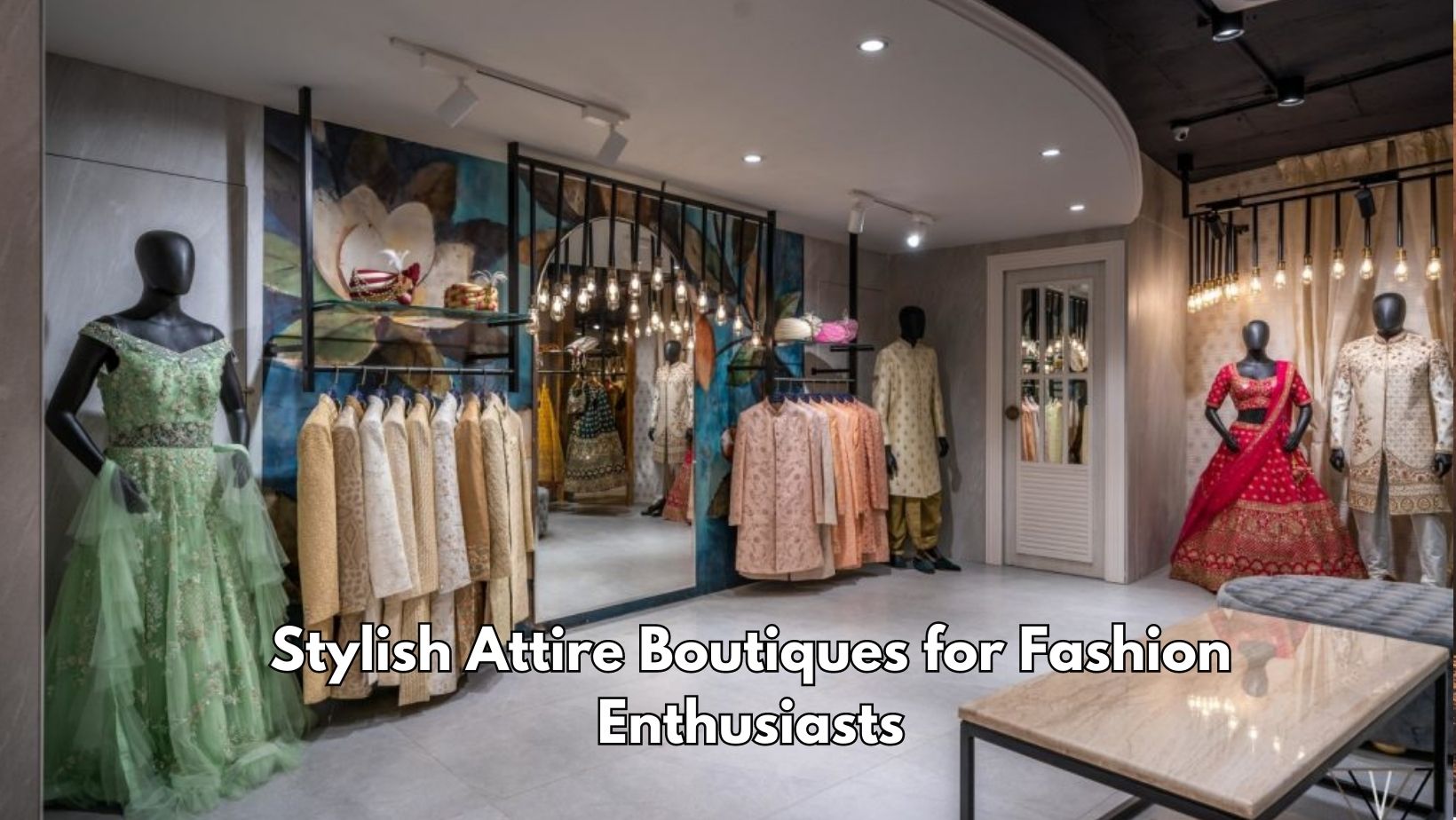Lately, the style business has seen a huge shift towards maintainability as purchasers and brands the same perceive the significance of pursuing cognizant decisions. Reasonable style goes past patterns and seasons; it centers around lessening the natural effect and advancing moral practices throughout the whole inventory network. This change in perspective isn’t just changing how we dress yet in addition rethinking the idea of style itself. In this article, we investigate how manageable design is reshaping the business, and how cognizant decisions can prompt an additional trendy and dependable future.
- A New Period of Plan:
Reasonable style difficulties with the conventional straight model of creation and utilization. Planners are currently embracing inventive methodologies, for example, upcycling, reusing, and utilizing natural and eco-accommodating materials. They focus on strength, ageless plans, and adaptability to make pieces that can be esteemed for a long time, decreasing the requirement for consistent substitutions. By reconsidering configuration processes, a manageable style is pushing the limits of inventiveness while limiting waste and contamination.
- Ethical Practices:
Cognizant customers are progressively requesting straightforwardness and responsibility from designer brands. They need to know how and where their garments are made. Maintainable design advances fair exchange, guaranteeing that laborer engaged with the creation cycle are paid fair wages and work in safe working circumstances. This shift towards moral practices engages the two laborers and shoppers, encouraging a feeling of social obligation and uniformity inside the design business.
- Slow Style Development:
The ascent of quick style achieved a culture of dispensable dress, yet maintainable design intends to invert this pattern through sluggish design development. Slow style empowers careful utilization by stressing higher standards when in doubt. It urges us to construct a closet of immortal pieces that can be blended and coordinated, decreasing the requirement for over-the-top buying. By embracing slow design, we reclassify our style as one that mirrors our qualities and endures over the extremely long haul.
- Circular Economy:
Economic style advances the idea of a round economy, which expects to dispose of waste by planning items given reusing and reusing. Through imaginative strategies like material reusing and piece of clothing rental administrations, the design business is moving towards a more roundabout model. By expanding the life expectancy of dress things, we decrease the stress on assets and limit the natural effect of our closet decisions.
- Consumer Strengthening:
The ability to drive change lies in the possession of customers. As we become more mindful of the effect of our decisions, we can go with informed choices and backing brands that focus on maintainability. By picking eco-accommodating materials, shopping from moral brands, and embracing recycled clothing, we can add to a more practical style biological system. Our decisions can reshape the business, driving development and motivating different purchasers to join the development.
- Collaboration and Advancement:
Reasonable design is driving coordinated effort and advancement inside the business. Fashioners, makers, and scientists are meeting up to track down better approaches to lessen the ecological effect and advance maintainability. The improvement of new eco-accommodating materials, for example, textures produced using reused plastics or horticultural waste, grandstands the potential for imagination and advancement in supportable style. Through a coordinated effort, design brands can share information, assets, and best practices to pursue a more economical future all in all.
- Education and Mindfulness:
Making a maintainable style industry requires teaching both industry experts and buyers. Brands are progressively zeroing in on bringing issues to light about the ecological and social effects of style through missions, occasions, and instructive drives. By instructing shoppers about practical style decisions, including the advantages of natural materials, the significance of dependable obtaining, and the effect of their purchasing choices, people can pursue more educated decisions and effectively add to the development.
- Local and High-quality Creation:
Manageable design is reviving nearby and distinctive creation techniques. By supporting neighborhood specialists, craftsmen, and limited-scope producers, maintainable style helps save customary procedures and social legacy. Neighborhood creation diminishes transportation-related fossil fuel byproducts and supports nearby economies. Moreover, it cultivates an association among shoppers and individuals behind their garments, empowering a more profound appreciation for the craftsmanship and the narratives woven into each piece of clothing.
- Changing Purchaser Outlook:
Economic style testing the shopper attitude of continually looking for novelty and moment satisfaction. It urges us to reexamine our relationship with apparel and question the requirement for steady utilization. By embracing a more careful way to deal with design, we can see the value in the worth of value articles of clothing, care more for our garments, and investigate imaginative ways of expanding their life expectancy. Economical design develops a feeling of fulfillment and satisfaction that rises above brief patterns and encourages a more profound association with our style.
- Influence on Standard Design:
As feasible style picks up speed, its impact is stretching out into standard design. Significant brands and retailers are coordinating manageable practices into their activities, offering eco-accommodating assortments and taking on supportable drives. This shift shows a developing interest in supportability, pushing the business, in general, to rethink its practices and embrace more dependable methodologies. As practical style turns out to be more available and broadly embraced, it can reshape the whole design scene and settle on cognizant decisions regarding the standard instead of the exemption.
- Influencer and Superstar Backing:
Reasonable style has gotten forward movement through the help of forces to be reckoned with, big names, and design symbols. Forces to be reckoned with who champion supportable design feature their eco-cognizant decisions to their devotees, advancing the message that style and manageability can remain closely connected. Big names are additionally utilizing their foundation to bring issues to light about feasible style and team up with moral brands. Their impact assists with intensifying the message and contacting a more extensive crowd, moving more people to settle on cognizant style decisions.
Conclusion:
Supportable design isn’t just reclassifying style yet additionally reshaping the whole style industry and then some. With the backing of powerhouses and VIPs, progressions in production network straightforwardness, and the ascent of design rental and sharing stages, the supportable style is turning out to be more open and persuasive. Its effect reaches out past the style world, rousing changes in customer conduct and driving fundamental change in different businesses. By embracing supportable design and pursuing cognizant decisions, we can by and large make a more trendy, capable, and economical future for a long time into the future.



